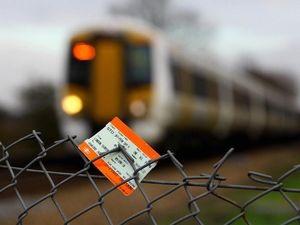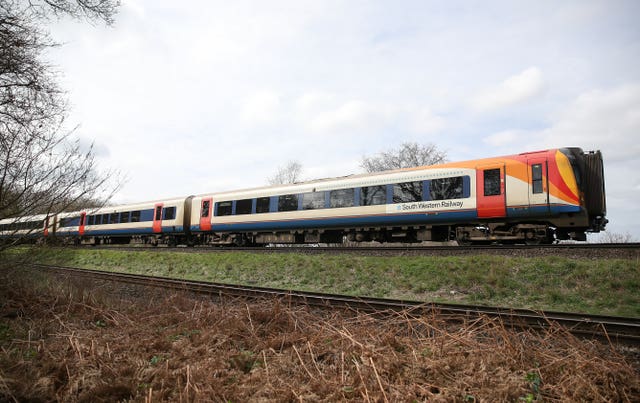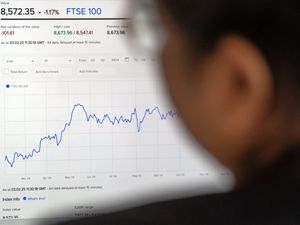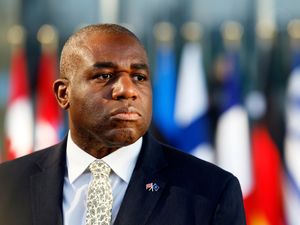Why do rail fares go up every January?
Nine key questions answered about the annual increase.

The annual increase in rail fares is always controversial.
Here the PA news agency looks at nine key questions around this year’s rise.
– Why does the cost of train travel increase every year?
It has been the policy of successive Governments to switch the burden of funding the railways from taxpayers to passengers.

– How much more expensive have train fares become?
Office of Rail and Road figures show that between January 1995 – around the time the network was privatised – and January 2019, average fares increased in real terms by 21%.
This year’s rise is 2.7%.
– When are fares increased?
Prices rise on the first working day of every new year.
– Who decides how much they go up by?
Increases in about 45% of fares are regulated by the UK, Scottish and Welsh Governments. The rest are decided by train companies.
– Which fares are regulated?
Season tickets on most commuter routes, some off-peak return tickets on long-distance journeys and tickets for travel around major cities at any time are regulated.
– How is the cap on the rise in these fares calculated?
Most rises are pegged to the July Retail Prices Index (RPI) measure of inflation, which was 2.8%.
– Where does the money go?
The Rail Delivery Group says 98p of every £1 spent on train fares goes towards running and maintaining services.
– Is there any way of avoiding the fare rise?
Savvy commuters renewed their season tickets in the days before Thursday’s increase.
– Any other tips on limiting the cost of train travel?
Passengers can save money by getting a railcard, travelling off-peak and booking in advance, although these options are not available for many journeys, particularly those made by commuters.





